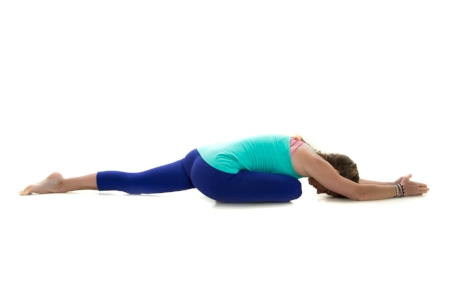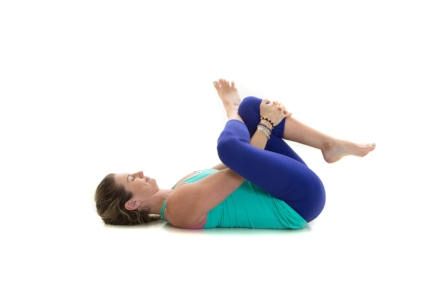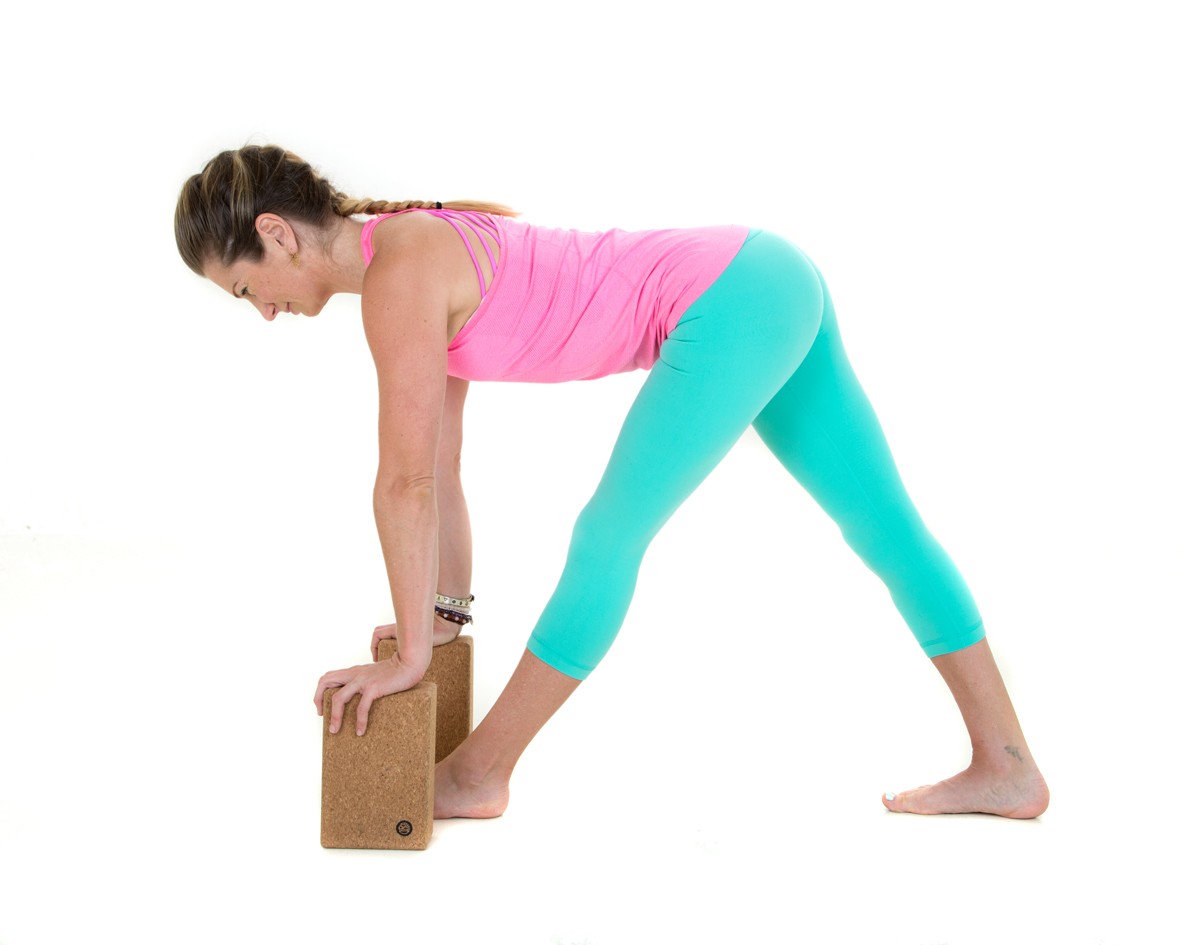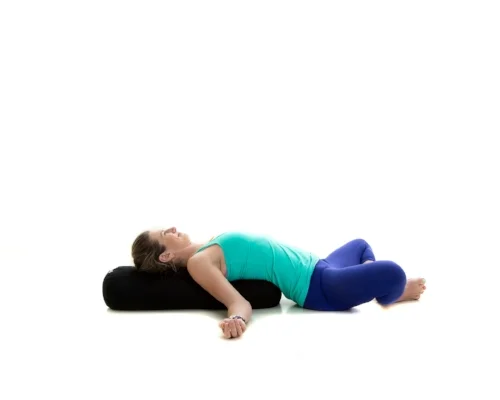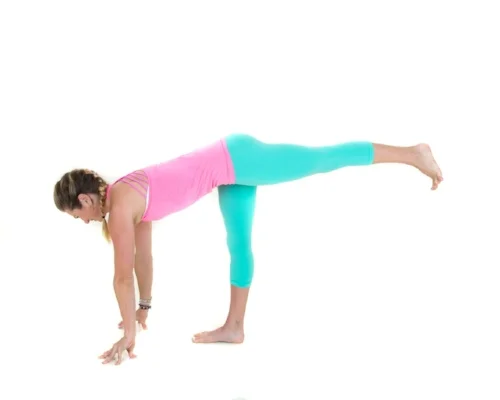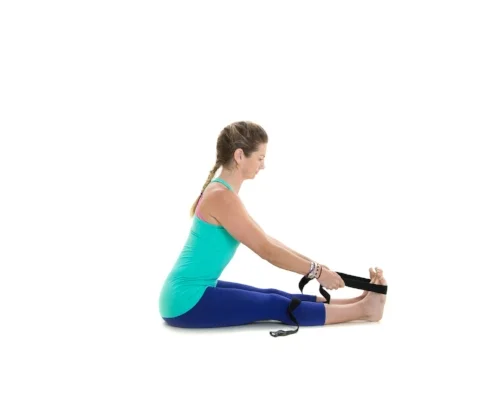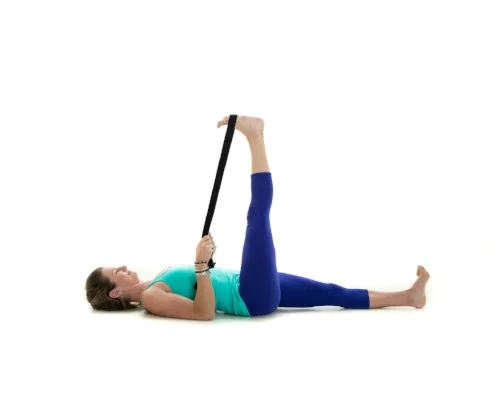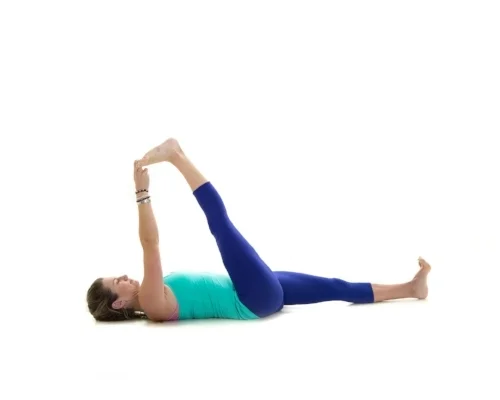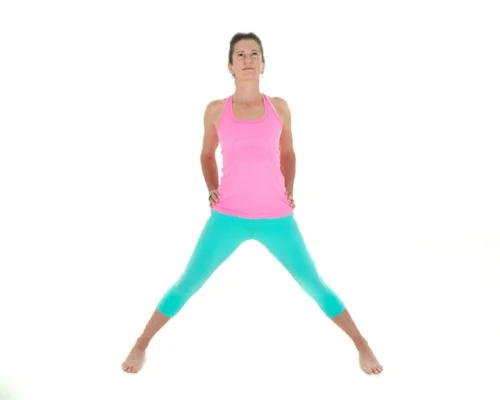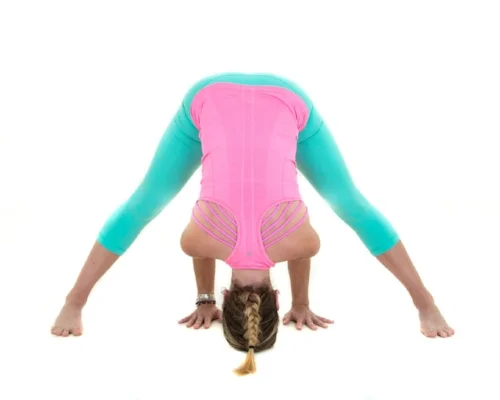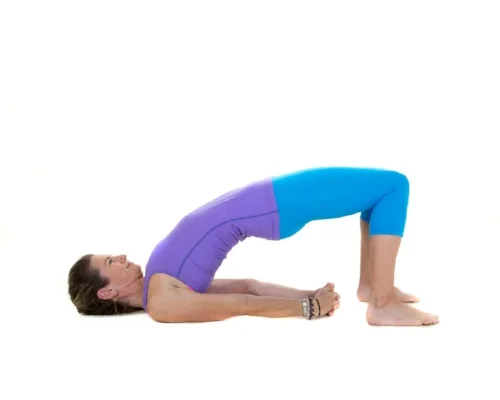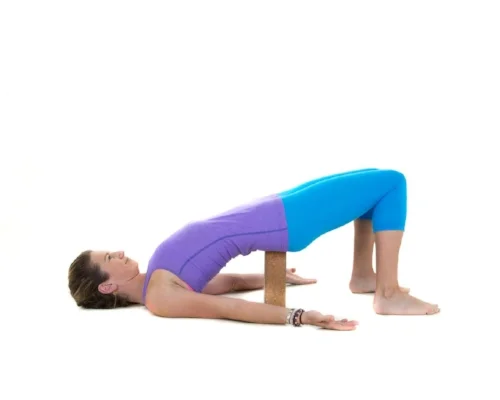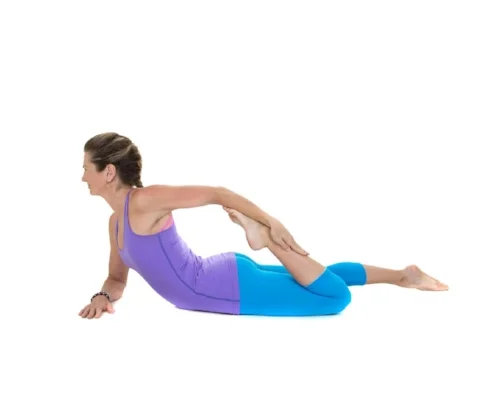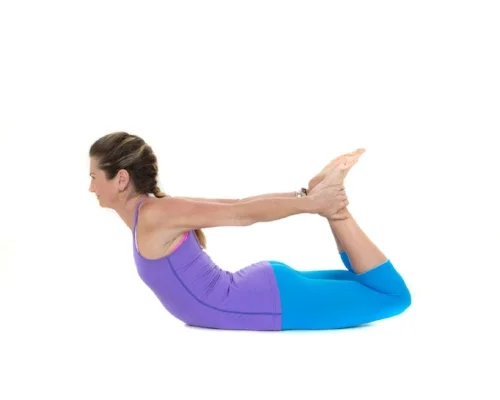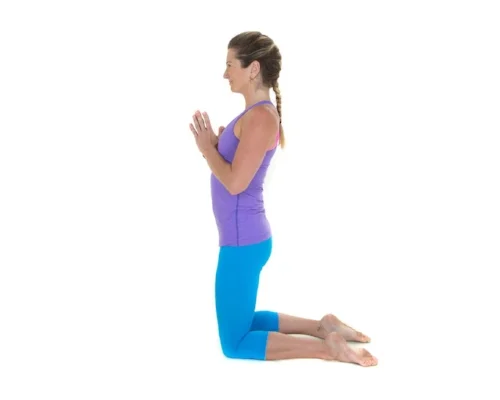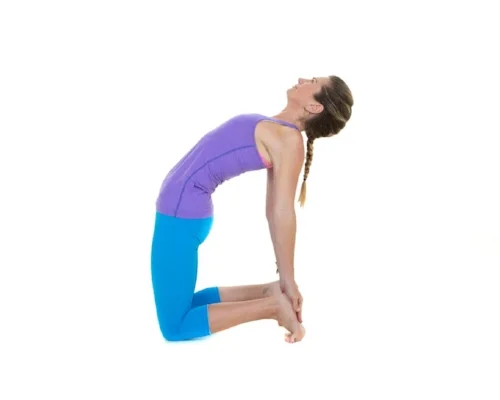Settle and centre on Vimeo
Breathing practices
Though practice of pranayama is safest and most effective when guided by an experienced teacher who knows your needs and capabilities, there are several simple techniques you can try at home as long as you’re in good health and you don’t push beyond your capacity.
The three breathing practices that follow—relaxed, diaphragmatic breathing; gentle ‘extended exhale’ breathing and nadi shodana (alternate nostril) breath—are a good introduction to pranayama. Each supports the parasympathetic nervous system, quiets the mind, and helps to bring about a state of more focused attention. As you continue to practice these techniques over time, you may start to notice when you are unintentionally holding your breath or breathing shallowly. You also may begin to associate patterns of the breath with your moods or states of mind. This self awareness is the first step toward using the practices of pranayama to help shift your patterns and, through regular practice, create positive change in your life.
Try each practice daily for a week and observe how it affects your body, breath, and mind in order to figure out which is best for you. You can do them at just about any time of day, though preferably not immediately following a large meal.
Basic breath awareness
This gentle introduction to diaphragmatic breathing teaches you how to breathe more fully and consciously.
Benefits
Quiets and calms the entire nervous system, reducing stress and anxiety and improving self-awareness.
Try it
At least once a day, at any time.
How to
Lie comfortably on your back with your knees bent and your feet flat on the floor about hip-distance apart. Place a palm on your abdomen and breathe comfortably for a few moments, noticing the quality of your breath. Does the breath feel tense? Strained? Uneven? Shallow? Simply observe the breath without any judgment. Then gradually begin to make your breathing as relaxed and smooth as possible, introducing a slight pause after each in breath and out breath.
Once the breath feels relaxed and comfortable, notice the movement of the body. As you inhale, the abdomen naturally expands; as you exhale, feel the slight contraction of the abdomen. In a gentle way, try to actively expand the abdomen on the inhale and contract the abdomen on the exhale to support the natural movement of the diaphragm and experience the pleasure of giving yourself a full, relaxed breath. Continue the practice for 6 to 12 breaths.
Alternate nostril breathing (nadi shoddana)
Alternating the breath between the nostrils balancing right and left hemispheres of the brain, and yin and yang energy in the body.
Benefits
Nadi shoddana is thought to be a cure all that can open all of our energy channels and bring calm and balance to the mind.
Try it
Once or twice a day
How to
Sit in a relaxed, comfortable position, breathing naturally and easily. When you feel ready, press your right thumb against your right nostril and inhale deeply through your left nostril. At the end of your inhalation, close off the left nostril with the ring finger, then exhale through the right nostril. Continue with this pattern, inhaling through the right nostril, closing it off with the right thumb, and exhaling through the left nostril. Practice for at least three minutes. When you finish, take some time to allow your breath to return to normal, noticing the changes in your breath and mind.
The long exhale
This 1:2 breathing practice, which involves gradually increasing your exhalation until it is twice the length of your inhalation, relaxes the nervous system.
Benefits
Can reduce insomnia, sleep disturbances, and anxiety.
Try it
Before bedtime to help support sleep, in the middle of the night when you’re struggling with insomnia, or at any time of the day to calm stress or anxiety. (In general, it’s best to avoid practicing 1:2 breathing first thing in the morning unless you’re experiencing anxiety. The relaxing effects of the practice tend to make it more difficult to get up and go on with your day.)
How to
Begin by lying on your back with your knees bent and feet flat on the floor, hip-width apart. Place a palm on the abdomen and take a few relaxed breaths, feeling the abdomen expand on the inhalation and gently contract on the exhalation. With your palm on your abdomen, mentally count the length of each inhalation and exhalation for several more breaths. If the inhalation is longer than the exhalation, you can begin to make them the same length over the next few breaths.
Once your inhalation and exhalation are equal, gradually increase the length of your exhalation by 1 to 2 seconds by gently contracting the abdomen. As long as the breath feels smooth and relaxed, continue to gradually increase the exhalation by 1 to 2 seconds once every few breaths. Make sure you experience no strain as the exhalation increases and keep going until your exhalation is up to twice the length of the inhalation, but not beyond. For example, if your inhalation is comfortably 4 seconds, do not increase the length of your exhalation to more than 8 seconds.
Keep in mind that even an exhalation that is only slightly longer than the inhalation can induce a calming effect, so take care that you don’t push yourself beyond your capacity. (If you do, you’ll likely activate the sympathetic nervous system, or stress response, and feel agitated rather than calm.)
If your breath feels uncomfortable or short, or if you’re gasping on the next inhalation, back off to a ratio that is more comfortable for 8 to 12 breaths. Then finish your practice with 6 to 8 natural, relaxed breaths.





